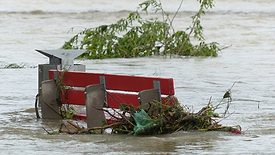Security Education & Training
Special Report
Securing the perimeter in manufacturing and distribution
With large campuses and high vehicle traffic, manufacturing and distribution facilities require a layered approach to securing the perimeter.
August 1, 2022
Digital risk management and compliance as a code
Businesses should include risk management throughout the software development cycle rather than retroactively.
July 27, 2022
Sign-up to receive top management & result-driven techniques in the industry.
Join over 20,000+ industry leaders who receive our premium content.
SIGN UP TODAY!Copyright ©2024. All Rights Reserved BNP Media.
Design, CMS, Hosting & Web Development :: ePublishing



.jpg?1659448841)





.jpg?height=168&t=1658930463&width=275)




